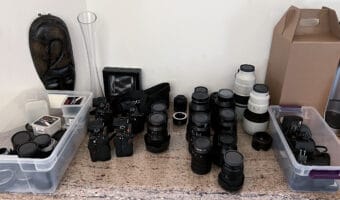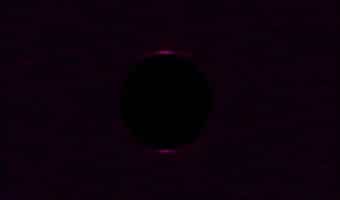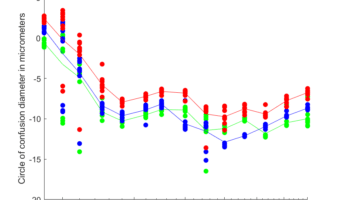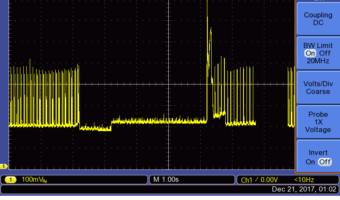I’ve been using Sony cameras for well over ten years. When they came out with the NEX series of APS-C MILCs, I was all over them. I fully committed when they introduced the alpha series of FF MILCs. The Sony FF cameras, I have owned: a7R a7 a7RII a7II a7RIII a7RIV a9 a9II RX1R I’ve… [Read More]
a7III, a7RIII, a7II, a7SII, a9 PDAF striping
Rishi Sanyal of DPR made some test exposures of a centrally-positioned circular light source with several cameras: the Sony a7III, a7RIII, a7II, a7SII, and a9. In all cases, he used a Sony 85/1.8 wide open. The exposure was set to expose the light source sufficiently far so as to generate a lot of flare. I put… [Read More]
a7RII AF-S accuracy with Batis 85/1.8
This is a continuation of a series of posts on the Sony a7RIII. You should be able to find all the posts about that camera in the Category List on the right sidebar, below the Articles widget. There’s a drop-down menu there that you can use to get to all the posts in this series; just… [Read More]
Sony a7RII long exposure battery current draw
I’ve been made aware of an objection to the Sony a7RII star-eater workaround that I documented in this post. A poster on Fred Miranda claimed that using continuous mode would result in greater sensor heating (and therefore more read noise) than using single shot mode. That didn’t seem right to me, but things that seemed nearly self-evident… [Read More]



